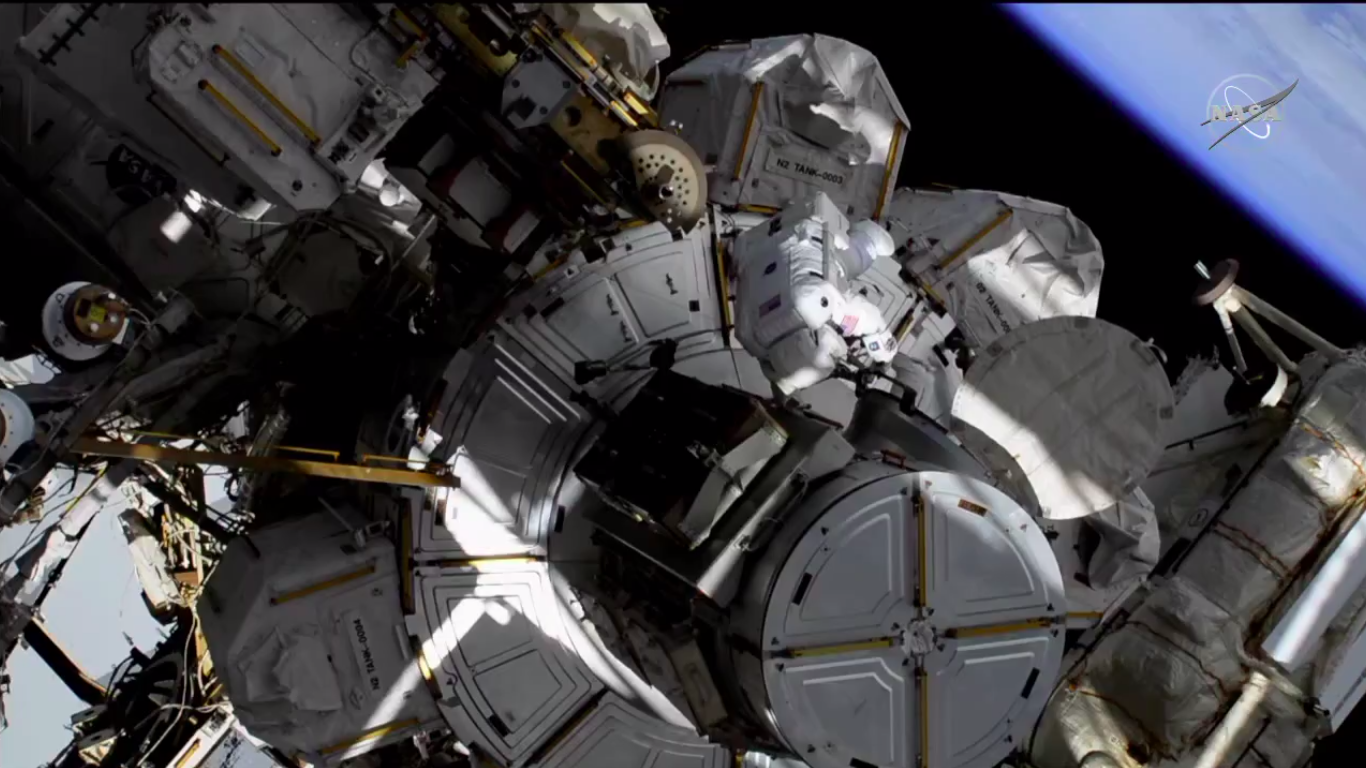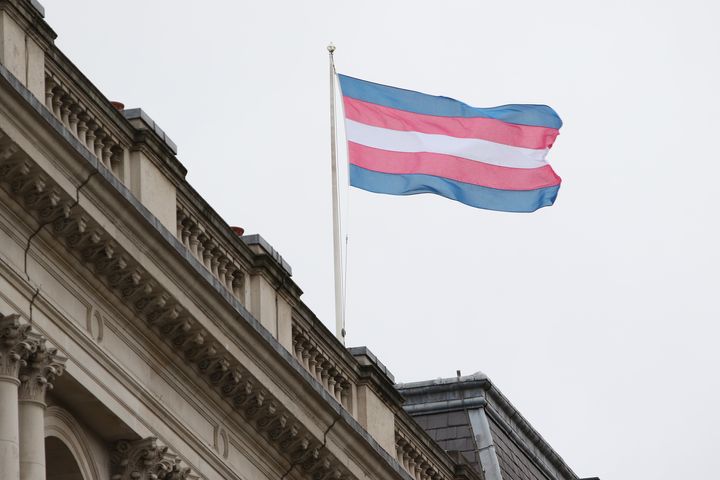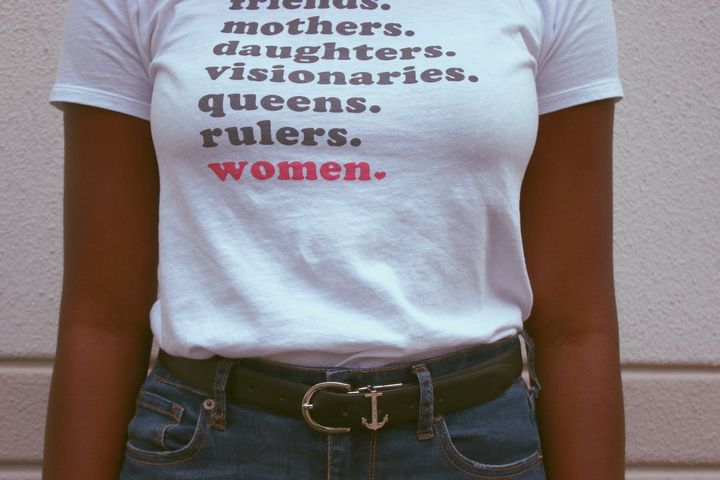What the All-Female Spacewalk Means to Women
It’s one giant leap for woman-kind.

On Friday morning, at 7:38 am EST, Jessica Meir and Christina Koch made history in the first-ever all-female spacewalk in NASA’s 61-year history. They are supported on the ground by another woman, flight controller Kristen Facciol. This “first,” however, feels different from others.
While there are a total of 14 women who have participated in spacewalks (which usually occur in pairs), this is the first time the team consists of two women — due, in part, to the lack of spacesuits on the International Space Station (ISS) that could fit women.
In March, astronaut Anne McClain missed the opportunity to participate in an all-female spacewalk because a Medium-sized spacesuit could not be prepared in time. She was replaced with a male astronaut who could fit the size Large she had initially planned to wear. McClain returned to Earth in June after 204 days in space.
Meir and Koch were tasked with replacing a faulty power regulator called a Battery Charge-Discharge Unit. The unit is one of 24 which allows the space station to collect and store solar power and release the energy later during the dark hours. The unit had failed to re-activate after its old batteries had been replaced with new lithium-ion ones.
Women have been a part of NASA history since the beginning, despite the fact that their early contributions have only recently started to come to light. Sally Ride made history in 1983 as the first American female astronaut (20 years after the first-ever woman in space, Soviet cosmonaut Valentina Tereshkova, in 1963). A total of 59 women have been in space, comprising about 11% of space travelers.
There are still some big firsts looming for women in the Last Frontier, though, including the first woman on the moon (scheduled for 2024 in a mission titled “Artemis” — the twin sister of the Greek god Apollo).
With all the firsts women have already achieved in space, it may be easy to downplay the significance of this spacewalk.
Yet, as I watched the NASA livestream Friday morning, I found myself choking back tears.
In a world where even exceptional women are viewed through their relationship to men, two women accomplishing this amazing task together (three, if you count Facciol), without a man in sight, is deeply moving.
As I listened to Meir, Koch, and Facciol communicate back and forth on the next steps of their mission, I was struck by the absence of male voices. The sound of three women speaking, working, and sometimes even laughing together across over 220 miles of space was astounding. I had never heard such a thing.
I was struck with an overwhelming sensation of simultaneous loss and joy.
For most of my childhood, I wanted to be an astronaut. This wasn’t just a casual childhood fantasy — I was serious about it. I read every book on space I could. I memorized star charts and convinced my parents to buy me a telescope as a combined birthday/Christmas present. My mom and I conducted little backyard space studies, like calculating the distance of the Earth from the sun by the length of shadows. The Beckley Mall in West Virginia housed a space-ball outside of J. C. Penny for a few years, and I took a ride in it every time I could.
By the time I was born, Sally Ride had already been to space and back. I knew that women could be astronauts — but it wasn’t normal. Those women were the exceptions.
My father tried to scare me back down to Earth by making me watch Apollo 13, but that only strengthened my resolve.
It wasn’t until I learned about the physical fitness requirements of astronauts that I gave up on my dreams. You had to be able to run and do pushups, someone told me, and a small, bookish, geeky girl like myself would never be able to keep up.
That was when I resigned myself to a life on Earth.
Now, 14 years later watching the all-female spacewalk, I felt the loss of the woman I could have become if I had truly pursued my dream and not been discouraged by stereotypes. At the same time, I felt joy for all of the little girls watching this live stream, perhaps realizing for the first time that their dreams were possible.
Women are being increasingly included in the aspects of society which have been traditionally closed off to us. Everything from the Supreme Court to the elite Navy SEALs are now spaces women can access — but these women remain the exceptions to the rule. Women remain only about 28% of the STEM workforce. Black and Latina women are especially underrepresented.
According to a 2018 report from the National Girls Collaborative Project, gender gaps in K-12 mathematics persist, but not in ability:
“Girls and boys do not significantly differ in their abilities in mathematics and science, but do differ in their interest and confidence in science, technology, engineering, and math (STEM) subjects.”
The fact that male role-models continue to dominate STEM is a likely factor in this lack of interest and confidence.
Watching the all-female spacewalk, and listening to the voices of three women make history, I was reminded of Justice Ruth Bader Ginsburg's statement: “There will be enough women on the Supreme Court when there are nine.”
One woman in space is not enough to convince a young girl that space is for her, just like one woman on the Supreme Court is not enough. One woman on the moon will not be enough, and one female President will not be enough either.
I want nine on the court. Men have had nine.
I want six on the ISS. Men have had six.
I want 45 Presidents in a row. Men have had 45 in a row.
I want three on the Moon during Artemis. Men have had three.
Some may say this makes me greedy, or “reverse-sexist.” For centuries men have lived in a world where they weren’t the exception, but the rule. The fight for equality isn’t just about getting women in the door, it’s about making up for lost years.
Generations of women need to re-learn their place in the world. Creating female-only space stations, courts, and moon landings is not just virtue-signaling, it’s what legitimate progress for women looks like. This all-female spacewalk, where women are not the exception, is glass-shattering in a way that has never been done before.
The generous support of our readers allows 4W to pay our all-female staff and over 50 writers across the globe for original articles and reporting you can’t find anywhere else. Like our work? Become a monthly donor!
Enter your email below to sign in or become a 4W member and join the conversation.
(Already did this? Try refreshing the page!)





Comments